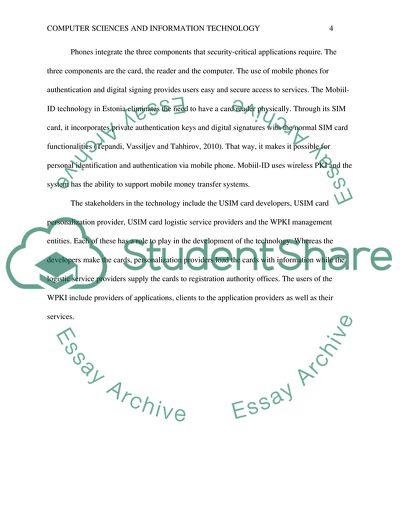Cite this document
(Wireless PKI Security and Mobile Voting Research Paper Example | Topics and Well Written Essays - 1500 words, n.d.)
Wireless PKI Security and Mobile Voting Research Paper Example | Topics and Well Written Essays - 1500 words. https://studentshare.org/information-technology/1880332-wireless-pki-security-and-mobile-voting
Wireless PKI Security and Mobile Voting Research Paper Example | Topics and Well Written Essays - 1500 words. https://studentshare.org/information-technology/1880332-wireless-pki-security-and-mobile-voting
(Wireless PKI Security and Mobile Voting Research Paper Example | Topics and Well Written Essays - 1500 Words)
Wireless PKI Security and Mobile Voting Research Paper Example | Topics and Well Written Essays - 1500 Words. https://studentshare.org/information-technology/1880332-wireless-pki-security-and-mobile-voting.
Wireless PKI Security and Mobile Voting Research Paper Example | Topics and Well Written Essays - 1500 Words. https://studentshare.org/information-technology/1880332-wireless-pki-security-and-mobile-voting.
“Wireless PKI Security and Mobile Voting Research Paper Example | Topics and Well Written Essays - 1500 Words”. https://studentshare.org/information-technology/1880332-wireless-pki-security-and-mobile-voting.


